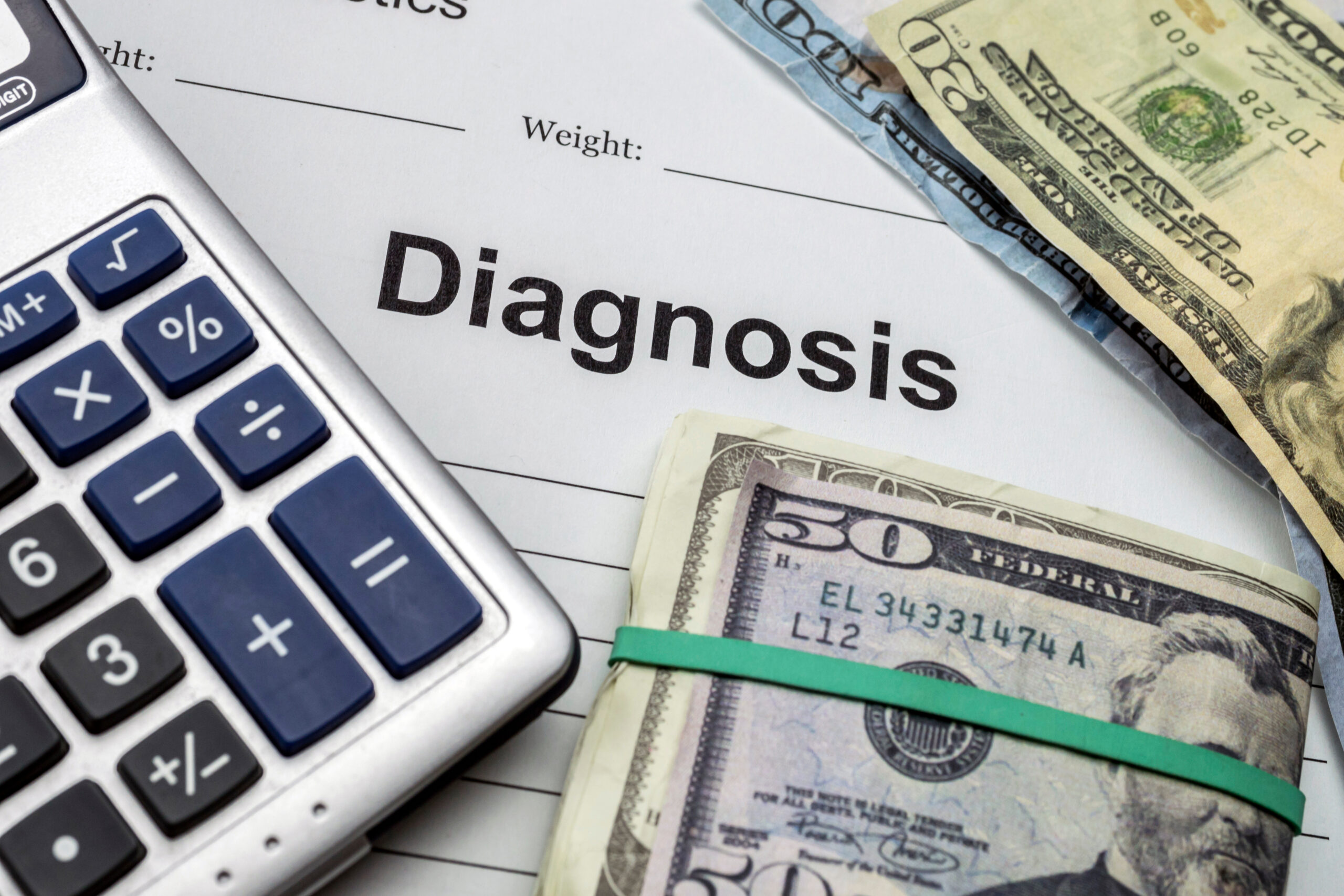You Don’t Always Cry—Sometimes You Just Go Numb
You Don’t Always Cry—Sometimes You Just Go Numb
When we think about stress and emotional pain, we often imagine tears and overwhelming feelings. However, not everyone reacts this way. Sometimes, instead of crying or feeling intense emotions, people might experience something called emotional numbness. This is a state where you feel disconnected from your emotions, relationships, and even yourself. It’s like going through life in a haze, where nothing seems to touch you deeply.
Emotional numbness can be a coping mechanism. When we face too much stress or trauma, our minds might decide to shut down emotionally to protect us from feeling overwhelmed. This can happen in people with conditions like PTSD, where the trauma is so intense that the mind numbs itself to avoid the pain. It’s a way of saying, “I’ve had enough, and I need to protect myself.”
But emotional numbness isn’t always a conscious choice. It can sneak up on you, especially if you’re dealing with chronic stress or emotional exhaustion. This exhaustion happens when you’re constantly drained from dealing with difficult situations, leaving you feeling powerless and trapped. Over time, it can lead to physical symptoms like fatigue, headaches, and trouble sleeping, as well as emotional symptoms like apathy and irritability.
The problem with emotional numbness is that it can prevent you from experiencing the good things in life too. Imagine watching a beautiful sunset or spending time with loved ones, but feeling nothing. It’s like living in a world without color or sound. This numbness can also make it harder to heal from trauma because you’re not fully engaging with your emotions or the people around you.
Crying, on the other hand, can be a powerful way to release stress and toxins from your body. It’s a natural response that can help calm you down and even lower your blood pressure. But for those who go numb, crying might not be an option. Instead, they might need to find other ways to process their emotions, like talking to someone they trust or engaging in activities that help them feel connected again.
Ultimately, whether you cry or go numb, it’s important to recognize that both reactions are valid. They’re both ways of dealing with pain and stress, and they both need understanding and support. By acknowledging these different responses, we can better help each other heal and find our way back to feeling fully alive.





